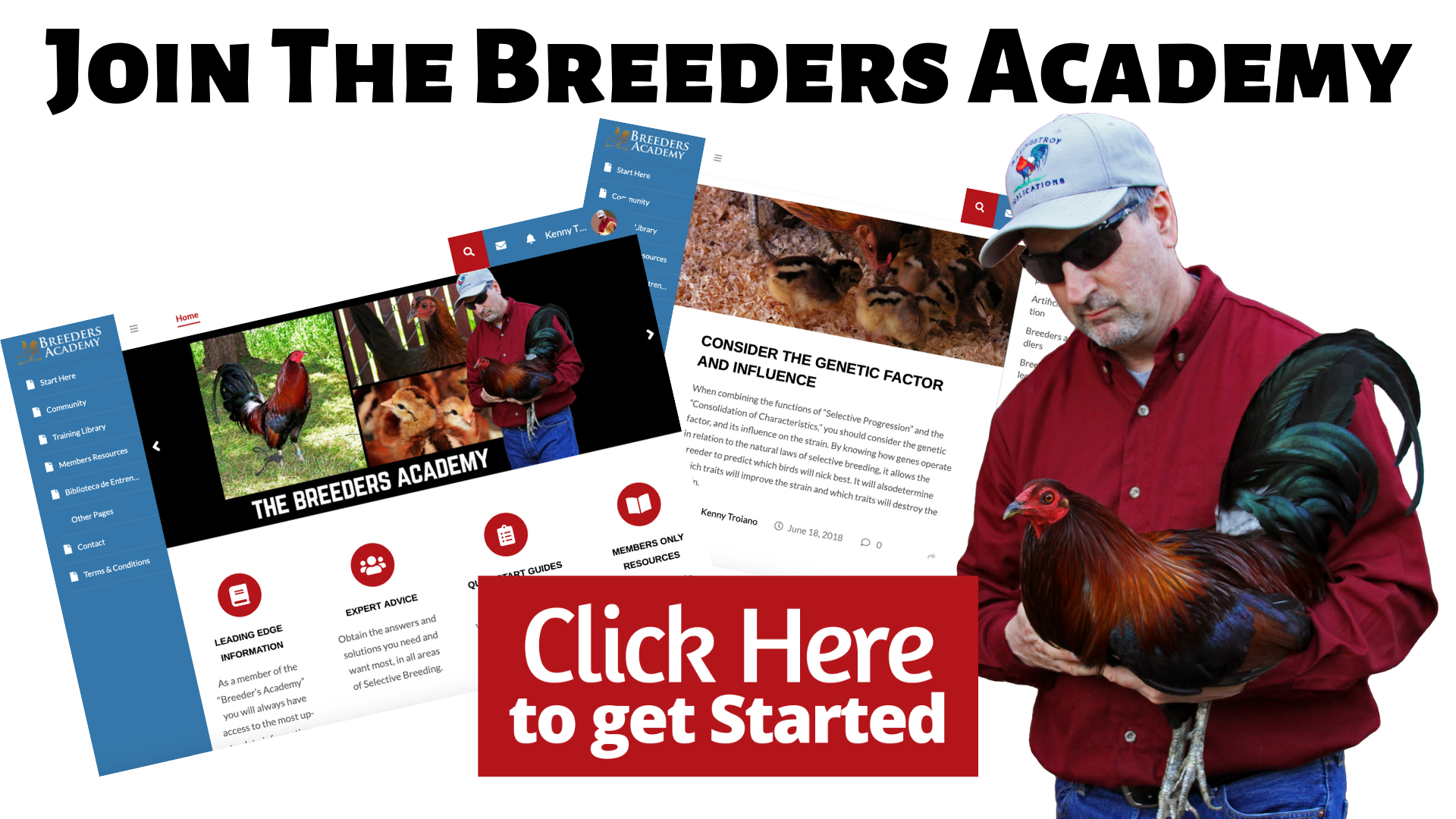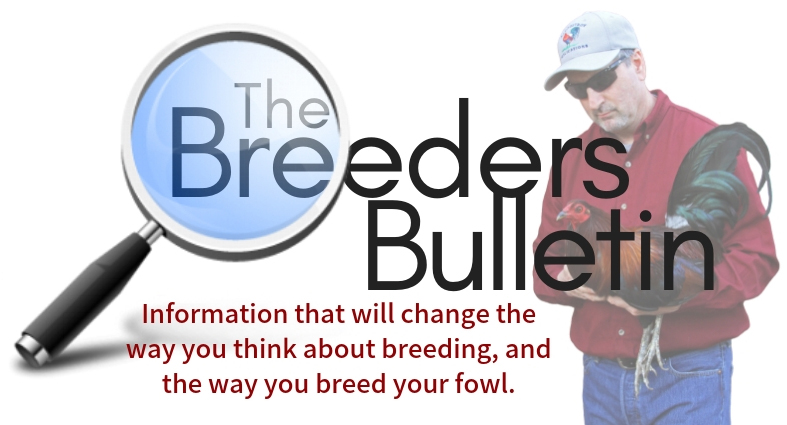How to downsize and maintain a viable strain.
Many of us are going through tough times with this coronavirus, such as financial uncertainty. The most expensive part of breeding and raising fowl, is the feed. Feed is 70%, or more, of our total expenses.
In this episode, I am talking and helping one of our members, Karen Johnson. Together, we are working out the best way to downsize her flock, without destroying the integrity of her strain.
Karen is from North Carolina. Not only is she a breeder of fine fowl, she breeds and raises some of the best Black Australorps and Rhode Island Reds I have ever seen. Karen is also a business owner. She’s an owner and operator of a Kennel. As a business owner, she has the incredible responsibility to take care of her customers and to her employees.
The question is – how to reduce the number of brood fowl, and still maintain a viable flock? How to breed, raise, and produce just enough offspring to keep the family going, well into the future?
Reducing the size of your flock can have many benefits, but can be problematic as well. For example, if you do this properly, you can actually improve the quality and performance, and improve the uniformity and overall health of your strain. You will also improve the purity and lower their genetic diversity.
On the other hand, if you do this wrong, you can destroy your strain, and send them in the wrong direction. Yes, the consequence can be high, and take many years to fix the bloodline.
So, If you are looking for ways to save money on feed, and need to reduce the size of your flock this episode is for you.
Today, we will discuss many topics related to reducing your cost and reducing the size of your flock, while improving the purity of blood at the same time.
Karen has 2 breeds of chickens that she breeds and raises raises. She has the Black Australorps and the Rhode Island Reds. These are not your average chickens, or hatchery chickens. These are top-of-the-line strains. This has made Karen’s decision to reduce the size of her flock even harder.
What would you do, if you had to reduce the number of birds in your flock, or to give up 1 or 2 of your breeds? This is never an easy decision to make. That is why I feel this episode is so important.
Topics discussed:
- We talk about why Karen needs to downsize the size of her flock.
- We discuss how much she will need to cut back to reduce the size of the flock.
- We talked about various types of breeding methods that she can use to achieve her goals.
- We then analyze her flock and their quality, and discuss the various breeds and ages she has the work with.
- Which birds have the highest value and have the ability to take her flock to the next level.
- Why an abundance of baby chicks can give you a false sense of security as to the future of your family. They still have so much to prove before they can be counted on to carry on the strain.
- I take her through the selection process, in determining which birds are best to keep.
- We also talk about why single mating is much better than group mating, as used in a spiral mating system.
- Why it is very important to select carefully with fewer birds.
- Why it’s important to continue breeding each year to take advantage of the breeding flock, while they are in their prime.
- And why it’s so important to protect your flock from the weather and from predators when dealing with fewer numbers of brood fowl. You can’t afford to lose birds when you have so few.
- Then we discussed the breeding methods and mating systems that she should use and consider as she continues to breed her strain.
- Why it’s always best to breed to youth, and the benefits of keeping youth to one side of the breeding.
- And last, but not least, I talk with Karen about the misconceptions surrounding Rhode Island Reds. Are they the man fighters everyone thinks they are?
This is a great coaching call that I believe many can benefit from.
So, sit back in and enjoy the show with Karen Johnson.

